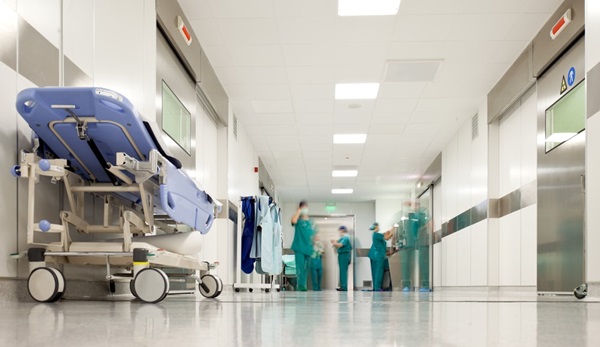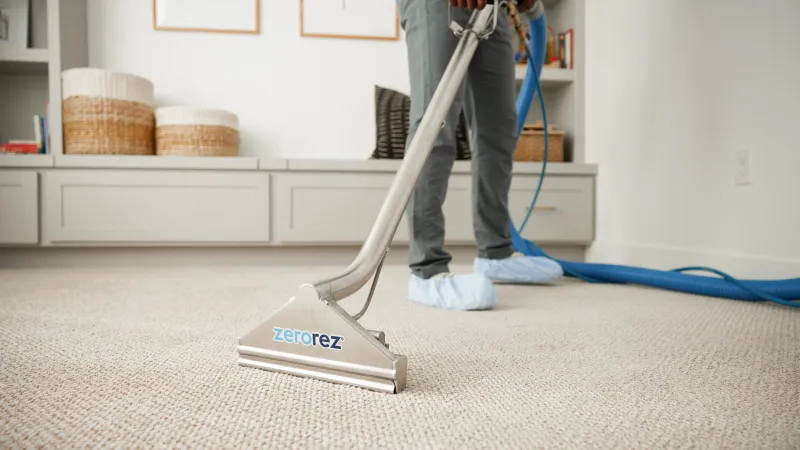Pest control is an essential aspect of maintaining a healthy and safe environment in healthcare facilities. Pests such as rodents, cockroaches, and bed bugs can carry harmful diseases and bacteria, putting both patients and staff at risk. Many pest control indianapolis use eco-friendly methods to ensure that the environment and surrounding wildlife are not harmed. Highly recommend website here, In this article, we will discuss the importance of pest control in healthcare facilities and the steps that can be taken to prevent and control pest infestations. Pest control san diego.
Why is pest control important in healthcare facilities?
Healthcare facilities are places where people go to receive treatment and care. As such, they should be clean and hygienic to prevent the spread of diseases and infections. Pest infestations can compromise the cleanliness and safety of healthcare facilities by spreading harmful pathogens and bacteria. For example, cockroaches can carry bacteria such as Salmonella and E. coli, while rodents can carry Hantavirus and other dangerous diseases. Bed bugs, while not known to transmit diseases, can cause itchy bites that can lead to infections if scratched.
Pests can also damage the physical infrastructure of healthcare facilities. For example, rodents can chew through electrical wiring and insulation, creating a fire hazard. Cockroaches and other pests can damage medical equipment and supplies, leading to costly repairs and replacements.
Pest infestations can also lead to reputational damage for healthcare facilities. Patients and their families expect a certain level of cleanliness and hygiene in healthcare facilities, and the presence of pests can erode their confidence in the quality of care provided.
What steps can be taken to prevent and control pest infestations?
- Keep the facility clean and clutter-free: A clean and clutter-free environment is less attractive to pests. Regular cleaning and disinfecting of surfaces and equipment can help prevent the buildup of dirt, debris, and food particles that can attract pests.
- Seal all entry points: Pests can enter healthcare facilities through gaps and cracks in walls, floors, and ceilings. Regularly inspecting and sealing these entry points can help prevent pests from gaining access.
- Properly store food and waste: Pests are attracted to food and waste. Properly storing food in sealed containers and disposing of waste in sealed containers can help prevent pests from accessing these sources of food.
- Maintain proper drainage: Pests are attracted to standing water and moisture. Properly maintaining drainage systems and addressing any leaks or water damage can help prevent the buildup of moisture that can attract pests.
- Conduct regular pest inspections: Regular pest inspections can help identify and address pest problems before they become severe. A licensed pest control professional should conduct these inspections and provide recommendations for prevention and control.
- Implement an Integrated Pest Management (IPM) program: An IPM program is a holistic approach to pest control that emphasizes prevention and control through a combination of strategies, including sanitation, exclusion, and treatment. An IPM program can help healthcare facilities effectively manage pest infestations while minimizing the use of pesticides and other chemical treatments.
- Train staff on pest prevention: Healthcare facility staff can play an important role in pest prevention by identifying and reporting signs of pest activity. Providing staff with training on pest prevention and identification can help them identify and report pest problems early on.
Conclusion
Pest control is an essential aspect of maintaining a healthy and safe environment in healthcare facilities. Pests can carry harmful diseases and bacteria, compromise the physical infrastructure of healthcare facilities, and lead to reputational damage. To prevent and control pest infestations, healthcare facilities should keep their environments clean and clutter-free, seal all entry points, properly store food and waste, maintain proper drainage, conduct regular pest inspections, implement an IPM program, and train staff on pest prevention. By following these steps, healthcare facilities can effectively manage pest infestations and keep their patients and staff safe.





